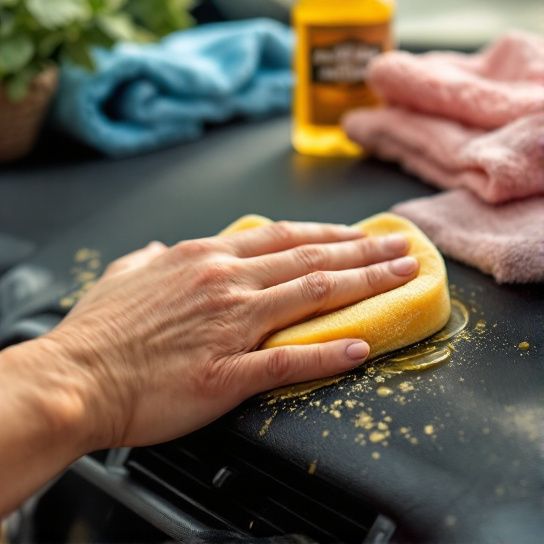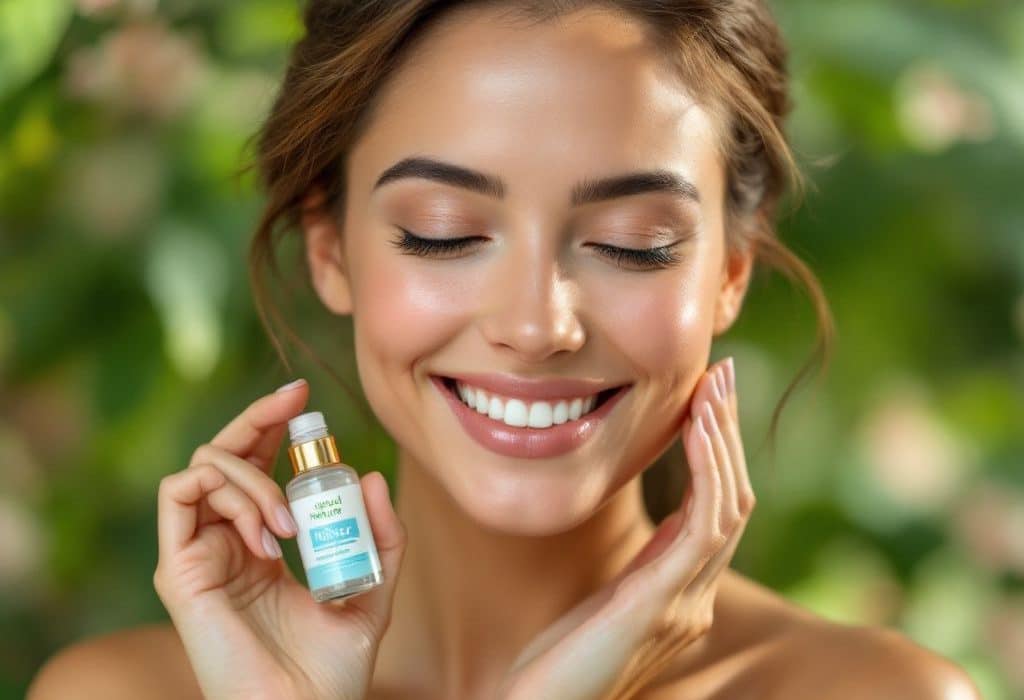Hey there! If you’re diving into the world of natural beauty products, or if you’re simply looking to perfect your skincare routine, we need to chat about one underrated gem: toner. Ah yes, the middle step between cleansing and moisturizing that often leaves people asking, “Do I really need toner?” Spoiler alert: absolutely.
Now, let’s be real. The whole idea of an extra step can seem a tad unnecessary. Who has time for more products, right? But hear me out. Using toner, and using it well, can up your beauty game significantly, especially when you opt for natural beauty products. So, save yourself some beauty angst and tune into these toner application tips that’ll have your skin feeling (and looking) fab.
Understanding the Role of Toner in Your Skincare Routine
Before we jump into the nitty-gritty of toner use, let’s talk about **why it’s important**. Toners are not merely liquid fillers loaded with ingredients you can’t pronounce. Nope, they’re pretty vital.
First up, think balance. Cleansing can sometimes strip away more from your skin than intended. It leaves you with a squeaky-clean surface, sure, but also slightly more alkaline than your skin’s natural pH. Here’s where toner, usually slightly acidic, swoops in—balance restored!
And then there’s residue removal. Even the best cleanser can leave traces behind. A swipe of toner will take care of that. Also, natural beauty products often include various plant extracts and herbal ingredients that can shrink pores, nourish the skin, or even add a layer of protection against free radicals. Pretty cool, right?
Finding the Perfect Natural Beauty Products for Your Skin
When diving into natural beauty products, look for a toner that matches your skin type needs. That’s crucial because not all toners are created equal. Let’s keep this simple.

- Oily Skin? Look for toners with tea tree oil or witch hazel. These can help control oil production without the harshness of alcohol-based products.
- Dry Skin? Rosewater or chamomile-infused toners are your best buds. Hydration is key, and yes, they smell like a dream.
- Sensitive Skin? Anything hypoallergenic and soothing, like aloe vera, will be your hero. Natural and gentle ingredients help avoid irritation.
- Combination Skin? Consider a blend, something with mild astringents but hydrating properties. Maybe try multiple mini toners for different face areas?
Keep it targeted to your needs, and you’ll feel twenty times better about your skincare spending.
Toner Application Tips for Effortless Results
Alright, you’ve picked your toner from your favorite lineup of natural beauty products. Now let’s get to applying it right. Because technique matters.
Step-by-Step Guide to Applying Toner Like a Pro
- Cleanse First, Always: Start with freshly cleansed skin. It may seem obvious, but I can’t stress this step enough. Cleansing prepares your skin to properly absorb what’s next—your toner.
- Choose Your Application Tool:
– **Cotton Balls/Pads:** Most common. Soak a pad with a bit of toner and gently swipe it across your face and neck. This helps in removing any residual makeup or dirt.

– **Spray Bottle:** If your toner comes in a spray bottle, love it! Simply spritz it across the face for a fresher application. It’s great for on-the-go refreshment too!
– **Hands-On Approach:** Wanna go old-school? Pour a few drops into your clean palms, and pat it directly onto your skin. It’s intimate and allows full absorption ordered around the contours of your face.
- Apply to Key Areas:
Focus on areas that might need more attention—usually the T-zone for oil control, or cheeks and forehead for hydration. But don’t ignore your neck! It’s as important as your face.
- Let It Sit:
This is the time to let your toner be the boss. Allow it to seep in fully before adding serum or moisturizer. Waiting around 30 seconds to a minute will suffice.
- 5. **Seal the Deal:
Follow up with anything from serums and essences to more heavy-duty creams or moisturizers. The extra benefit of toner is that it helps the latter products absorb more effectively.

Common Mistakes? Let’s Avoid Those
Now, even with all these tips, it’s easy to slip into common toner woes. Don’t worry, though. Address these hiccups early.
- Don’t Overdo It: More isn’t always better. Start with once a day, maybe at night, and adjust if needed. Some skin types might not need twice-daily applications.
- Reluctance in Layering: Don’t fear layering your natural beauty products. But give some breathing room between layers for proper absorption.
- Ignoring Your Toner’s Instructions: It’s tempting to skip instructions—don’t. Not all natural beauty product is the same, and some may have specific needs for application.
Wrapping It Up
At the end of the day, nailing toner use boils down to understanding your skin, picking great natural beauty products, and applying with a bit of strategy—and love!
Sure, there’s always this initial hurdle of getting into the routine. But once you get started and find your rhythm, that toner will fit in seamlessly. Trust me, just try it. It’s a small step in your skincare regime, but one that brings brilliance to the table—or, um, the vanity… you get the gist.
The right toner underlines the beauty that’s already simmering beneath the skin’s surface—thanks to natural beauty products’ magic touch. So, give it a whirl, refine your technique, and enjoy that radiant glow brought alive by just a few swipes or spritzes each day!
Frequently Asked Questions
What does it mean if a product is labeled as “natural” in the beauty industry?
If a product is labeled as “natural,” it does not necessarily mean it contains no synthetic chemicals. The term “natural” is not defined by the U.S. government, so it is important to read the ingredient list carefully. Natural cosmetics typically contain ingredients found in nature, such as mica, silica, and clay, without significant chemical alteration[1][3].
Why aren’t all cosmetics natural, even if they are supposedly better for the skin?
The primary reasons include cost and the difficulty in maintaining product stability. Synthetic ingredients like talc, mineral oil, and phthalates are cheaper than organic alternatives. Additionally, natural ingredients often require additional chemicals to ensure the product remains blended and preserved[1][3].
When should someone consider using natural beauty products or skincare?
Consider using natural beauty products if you have a known allergy to chemical ingredients or preservatives. However, it is crucial to check the ingredients and perform a patch test, as natural ingredients can also cause allergies. Natural products can be gentler and more in harmony with the skin, but they may not work for everyone[1][3].
What are the potential benefits and challenges of using natural skincare products?
Natural skincare products can be gentler on the skin, free from harsh chemicals, and more environmentally friendly. However, they can be more costly due to the use of ethically sourced ingredients and careful formulation. Additionally, natural products may have variations in consistency and color due to the natural variation of ingredients[3][5].
References

